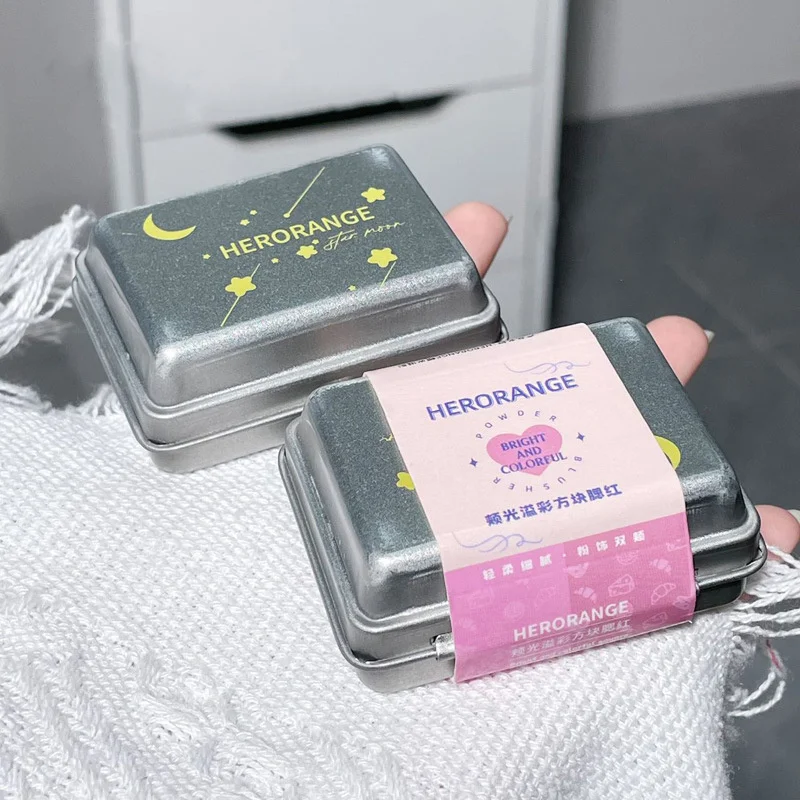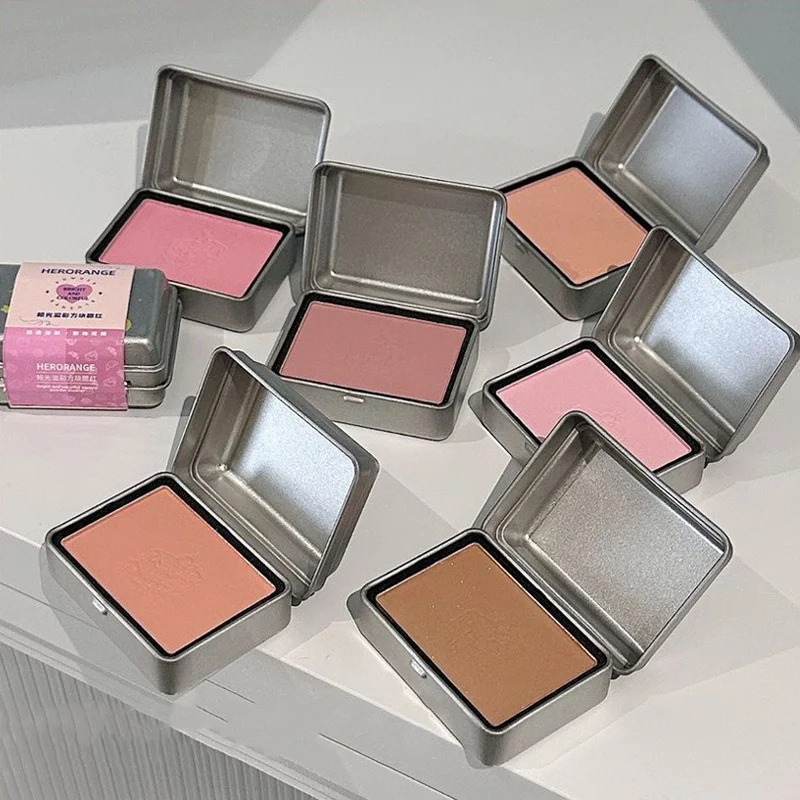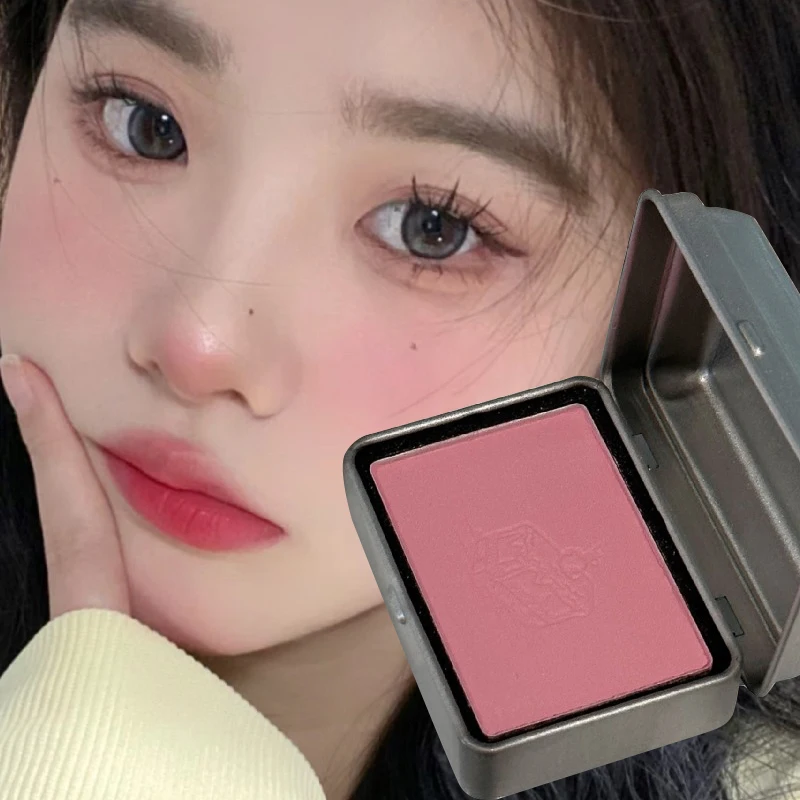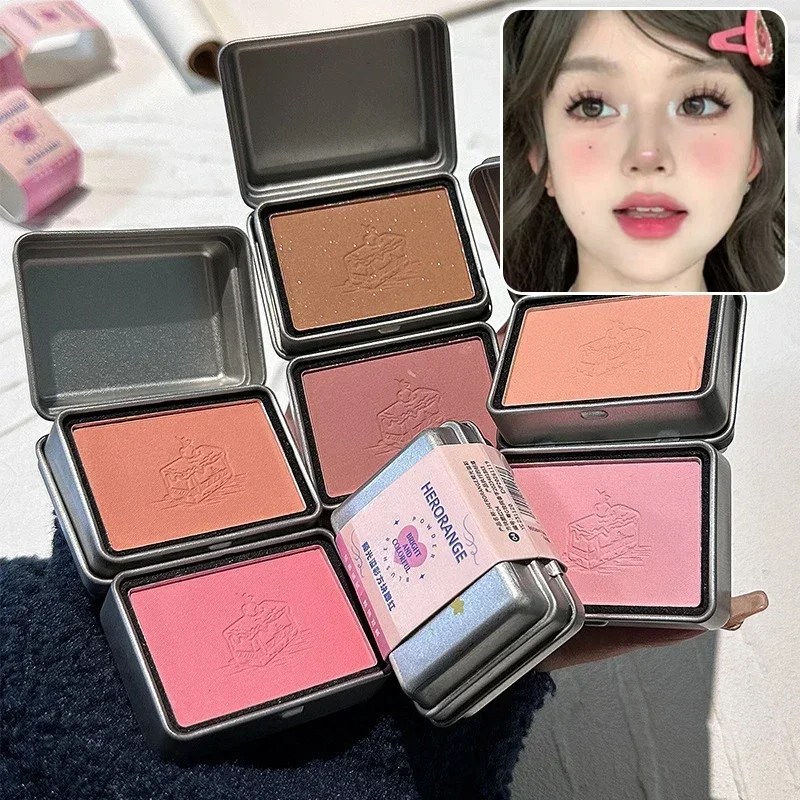Creating your own blush can be an exciting and rewarding activity. It allows you to customize shades that suit your skin tone better than store-bought options. With just a few natural ingredients, you can make a blush that is not only beautiful but also safe for your skin. This article will guide you through the benefits and the simple step-by-step process of making DIY blush, along with some tips to ensure the best results.

The Benefits of DIY Blush
Natural Ingredients
One key benefit of making your own blush is that you can control the ingredients. Many commercial makeup products contain harsh chemicals, preservatives, and synthetic dyes. These substances can irritate your skin, leading to breakouts or allergies. When you make your own blush, you’ll know exactly what’s in it. You can use natural mineral pigments, clays, and oils that nourish rather than harm your skin.
Customization
Another great advantage is the ability to customize. You can mix and match ingredients to create the color that fits your style and skin tone perfectly. Skin tones vary greatly, and not every shade of blush will suit everyone. By making your own, you can easily adjust the pigment level to achieve the perfect hue. You are in complete control of how dark or light your blush will turn out.
Vegan and Cruelty-Free Choices
For those who care about animal welfare, DIY blush offers a vegan and cruelty-free option. Many store-bought brands test on animals or contain animal by-products. Making your own ensures that you support ethical practices and avoid animal-derived ingredients.
Cost-Effective
Buying high-quality makeup can become expensive. Yet, making your own DIY blush can save you money in the long run. You can purchase ingredients in bulk, allowing you to create multiple colors at a fraction of the cost. Plus, you can make blush that lasts longer compared to store-bought options which may contain fillers that cause them to run out more quickly.
Basic Ingredients for DIY Blush
Natural Pigments
When it comes to choosing pigments, you have various natural options. Beetroot powder is an excellent choice for a rosy glow. Hibiscus powder can provide a rich, reddish hue. Cocoa powder offers a warm chocolatey tint. The key is to use herbs and plants that have deep colors. They will give you a wide range of blush options.

Binding Agents
You’ll need something to hold your blush together. A common binding agent is cornstarch or arrowroot powder. These ingredients help to create the desired texture while keeping it lightweight. You want your blush to glide on smoothly without feeling cakey.
Essential Oils
While not essential, adding a few drops of essential oils can enhance your DIY blush. Lavender oil provides a calming scent and has anti-inflammatory properties. Jojoba oil adds moisture to your skin, making the blush blend better. Note that smaller amounts are necessary, as too many oils can change the texture of the blush.
Base Ingredients
Finally, you’ll need a base to mix everything together. Most people use shea butter or coconut oil as a base. These ingredients are nourishing and can moisturize the skin while providing a creamy consistency. However, if you prefer a powder blush, you might want to skip this step.
Step-by-Step Recipe for DIY Blush
Gather Your Materials
Before starting, gather all your materials. You’ll need:
- Natural pigments (like beetroot powder or cocoa powder)
- Binding agents (cornstarch or arrowroot powder)
- Base ingredients (shea butter or coconut oil)
- Essential oils (optional)
- A small container for storage
- Mixing bowl and spatula
Measure the Ingredients
First, measure the ingredients. Start with 2 tablespoons of your chosen natural pigment. Then add 1 tablespoon of your binding agent. This combination will create a good base for your blush. If you want a lighter shade, use more binding agent. You can always adjust this in future batches.
Mix Everything Together
In your mixing bowl, add both the natural pigment and the binding agent. Use the spatula to mix them together thoroughly. Aim for a consistent color without clumps. If you are adding essential oils, now is the time to add 1-2 drops. Make sure the mixture is well-combined.
Test the Color
It’s essential to test your blush color before transferring it to the container. To do this, apply a small amount to the back of your hand. This will give you an idea of how it looks on your skin. Don’t hesitate to adjust the formula by adding more pigments if you desire a more intense color. Alternatively, add more binding agent to lighten it.
Transfer to the Container
Once satisfied with the color, transfer the mixture into your small container. Use your spatula to scoop out the product and press it into the container. If you’re using a cream base like shea butter or coconut oil, allow it to cool and harden completely.
Allow It to Set
Let your DIY blush sit for a few hours. If you used oil, it may need some time to solidify. Keeping it in a cool place can help it set better. Once it’s completely set, it’s ready to use!
Application Tips for Your DIY Blush
Choosing the Right Brush
When applying your DIY blush, use the right brush for the best results. A fluffy brush distributes the product evenly over your cheeks. If you opted for a cream blush, consider using your fingers for better blending. Your body heat will help warm the product, making it easier to apply.
Blending Techniques
Apply your blush to the apples of your cheeks, then blend it out toward your temples. This creates a natural-looking flush. For cream blush, dabbing and blending with your fingers can offer a more seamless finish. Be careful not to apply too much product. Less is often more when it comes to blush.
Setting the Blush
If you want your DIY blush to last longer, consider setting it with a translucent powder. Lightly dusting some powder over it can help it stay in place throughout the day. This extra step can make a considerable difference, especially in warm climates.
Adjusting the Intensity
Blush can vary in intensity based on your mood and look. You can always add more if you want a bolder appearance. If you find you’ve applied too much, quickly blend with a clean, damp sponge to diffuse the color.

Troubleshooting Common Issues
Color Not Showing
If the color of your DIY blush isn’t showing up well, it may be too light or not blended enough with the base. Simply add more pigment to intensify the color. Mix it in well, and do a patch test to check the new shade.
Cakey Texture
If your blush ends up feeling cakey, you may have added too much binding agent or not blended the mixture well. To resolve this, you can add a few drops of oil to improve the texture. Mix thoroughly to create a smoother consistency.
Quick Melting in Heats
If your DIY blush is melting away in heat, ensure you’re using the right base. Shea butter is more stable than coconut oil in warmer conditions. For hotter environments, consider using less oil or enhancing the binding agent to prevent melting.
Conclusion
Making DIY blush at home can be a fun and fulfilling experience. You gain control over the ingredients, allowing you to create a personalized shade that echoes your skin tone beautifully. With natural pigments and simple steps, you can enjoy the benefits of a healthy, customized blush that feels good and looks natural. Embrace creativity, and let your inner artist shine through while crafting your own blush masterpiece.
